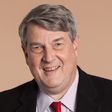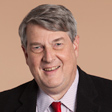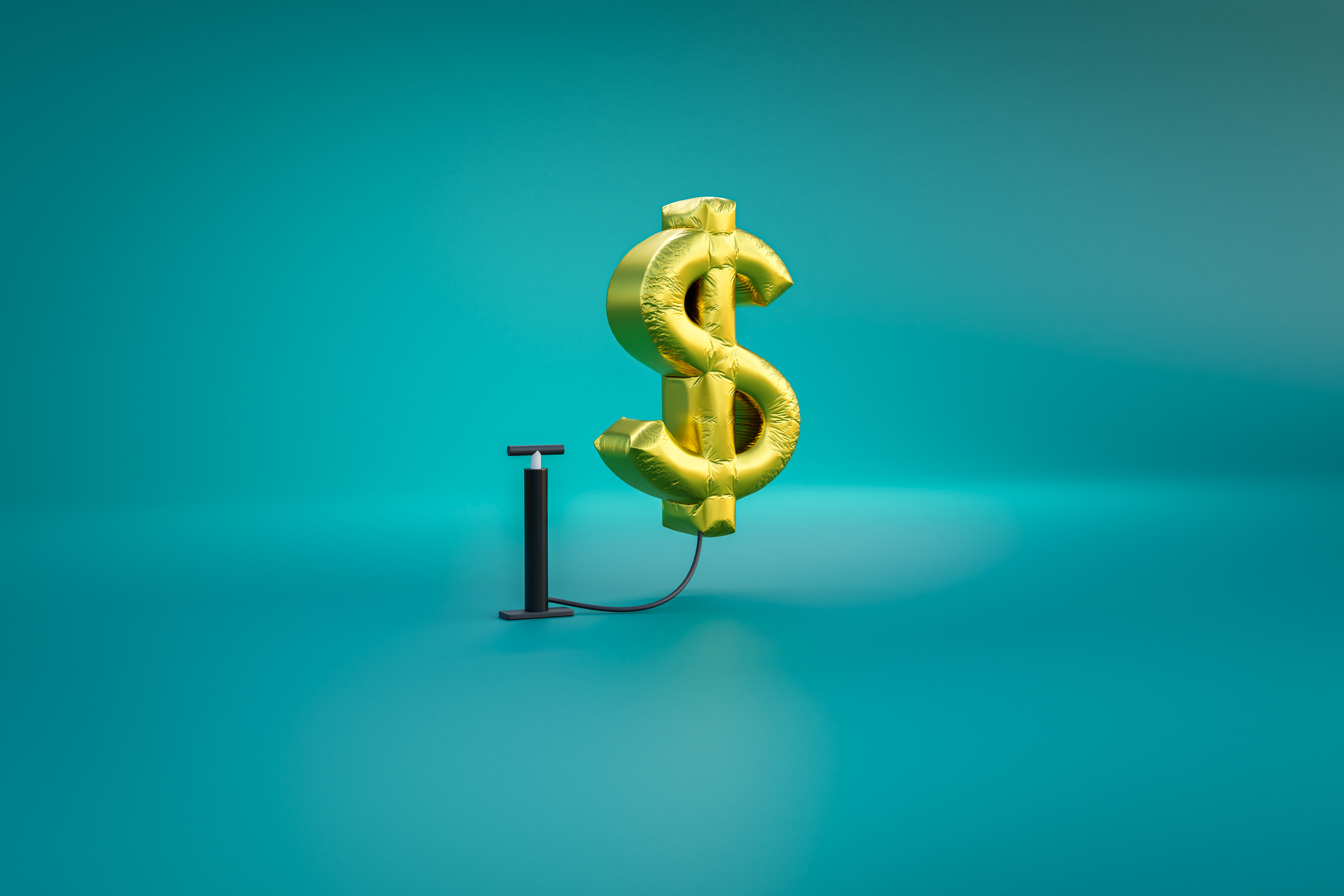Patience Pays for Investing Decisions
I maintain my fervor for high-yielding investments despite their credit risk.


My three-day rule states that upon any news-driven market crisis, wait three business days to move money.
Anyone who spent the weekend after Thanksgiving pondering risk from Black Friday's omicron shock benefited by standing pat.
Bond markets rallied all week despite the Federal Reserve's decision to quicken the pace of winding down its extraordinary bond and mortgage buying, thereby allowing long- and medium-term interest rates to float freely. That was supposed to slam bond values. Wrong-o. Oil prices tanked, a positive sign if you are afraid of inflation.
From just $107.88 $24.99 for Kiplinger Personal Finance
Become a smarter, better informed investor. Subscribe from just $107.88 $24.99, plus get up to 4 Special Issues

Sign up for Kiplinger’s Free Newsletters
Profit and prosper with the best of expert advice on investing, taxes, retirement, personal finance and more - straight to your e-mail.
Profit and prosper with the best of expert advice - straight to your e-mail.
That said, omicron is now the lead story alongside the Fed's battle against rising prices.
I maintain that as shipping bottlenecks and spot shortages of computer chips and chicken parts lift and home prices and rents quit soaring, the official inflation indicators will slow. By late 2022 or early 2023, the 6.2% annualized readout will be below 3%.
I admit that I and many others missed the bump in inflation, figuring the legacy of 2020's COVID-19 shutdowns would be extended economic weakness, which tends to be deflationary.
Instead, America is a crazy and seldom-seen salad of surging economic growth, employment, wages and inflation – but also persistently low long-term interest rates and resilient securities values, supported by the unimaginable and unprecedented stockpile of investor, bank and corporate cash eager for high yields and growth opportunities. All that money needs repositories that beat a one-year T-bill's 0.26% yield.
The Fed can hike short rates several times in 2022 and savers will still find slim pickings.
Stick With High Yield
In this environment, I maintain my fervor for high-yielding investments despite their credit risk. Other income experts agree. The main reason is America's relative economic power.
Brandywine Global high-yield bond manager John McClain calls Europe a "slow-melting ice cube," but he deems the U.S. "in the catbird seat globally on vaccines and therapeutics." If COVID surges, "we're going to be the economy that stays open," McClain says. He avers that the Fed will not pump interest rates too much because the Treasury cannot afford ever-higher interest bills.
Emily Roland, co-chief strategist for John Hancock Investment Management, reiterates her pre-omicron love of corporate bonds rated triple-B and those rated below (junk level) amid evidence the new virus strain will strengthen an already strong dollar. In the municipal sector, "you get paid to go down the credit-quality curve," says Greg Gizzi, of Delaware Funds. Tax-frees were deep in the green yet again as 2021 expired.
I still endorse floating-rate bank-loan funds, preferred stocks and shares of short-term, high-interest-rate lenders. In the tumultuous week following Black Friday, two of my favorites, Flaherty & Crumrine Preferred Income Fund (PFD) and Invesco Taxable Municipal Bond ETF (BAB), made 1.60% and 1.00% respectively – quite a one-week haul for any fixed-income offering.
I believe in floating-rate bank loans and funds such as RiverNorth Specialty Finance (RSF) and the closed-end DoubleLine Yield Opportunities Fund (DLY).
These are bold choices in a volatile environment. But this type of aggressive investment has prevailed for over a decade, and I see no reason to now blow the whistle.
Profit and prosper with the best of Kiplinger's advice on investing, taxes, retirement, personal finance and much more. Delivered daily. Enter your email in the box and click Sign Me Up.

Kosnett is the editor of Kiplinger Investing for Income and writes the "Cash in Hand" column for Kiplinger Personal Finance. He is an income-investing expert who covers bonds, real estate investment trusts, oil and gas income deals, dividend stocks and anything else that pays interest and dividends. He joined Kiplinger in 1981 after six years in newspapers, including the Baltimore Sun. He is a 1976 journalism graduate from the Medill School at Northwestern University and completed an executive program at the Carnegie-Mellon University business school in 1978.
-
 Stocks Struggle Ahead of November Jobs Report: Stock Market Today
Stocks Struggle Ahead of November Jobs Report: Stock Market TodayOracle and Broadcom continued to fall, while market participants looked ahead to Tuesday's jobs report.
-
 7 Dr. Seuss Quotes Retirees Should Live By
7 Dr. Seuss Quotes Retirees Should Live ByYou're off to great places! Why Dr. Seuss is the retirement guru you didn't know you needed.
-
 Fed's Rate Cuts Could Have Impacts You Might Not Anticipate
Fed's Rate Cuts Could Have Impacts You Might Not AnticipateUnderstanding how lower interest rates could impact your wallet can help you determine the right financial moves to make.
-
 December Fed Meeting: Updates and Commentary
December Fed Meeting: Updates and CommentaryThe December Fed meeting is one of the last key economic events of 2025, with Wall Street closely watching what Chair Powell & Co. will do about interest rates.
-
 What Fed Rate Cuts Mean For Fixed-Income Investors
What Fed Rate Cuts Mean For Fixed-Income InvestorsThe Fed's rate-cutting campaign has the fixed-income market set for an encore of Q4 2024.
-
 The Delayed September Jobs Report Is Out. Here's What It Means for the Fed
The Delayed September Jobs Report Is Out. Here's What It Means for the FedThe September jobs report came in much higher than expected, lowering expectations for a December rate cut.
-
 October Fed Meeting: Updates and Commentary
October Fed Meeting: Updates and CommentaryThe October Fed meeting is a key economic event, with Wall Street turned into what Fed Chair Powell & Co. did about interest rates.
-
 The Delayed September CPI Report is Out. Here's What it Signals for the Fed.
The Delayed September CPI Report is Out. Here's What it Signals for the Fed.The September CPI report showed that inflation remains tame – and all but confirms another rate cut from the Fed.
-
 Banks Are Sounding the Alarm About Stablecoins
Banks Are Sounding the Alarm About StablecoinsThe Kiplinger Letter The banking industry says stablecoins could have a negative impact on lending.
-
 Government Shutdown to Delay Data, Including Key Jobs Report
Government Shutdown to Delay Data, Including Key Jobs ReportWhile government shutdowns typically don't impact stock returns, they can delay the release of key economic data – including the monthly jobs report.
-
 The Most Tax-Friendly States for Investing in 2025 (Hint: There Are Two)
The Most Tax-Friendly States for Investing in 2025 (Hint: There Are Two)State Taxes Living in one of these places could lower your 2025 investment taxes — especially if you invest in real estate.